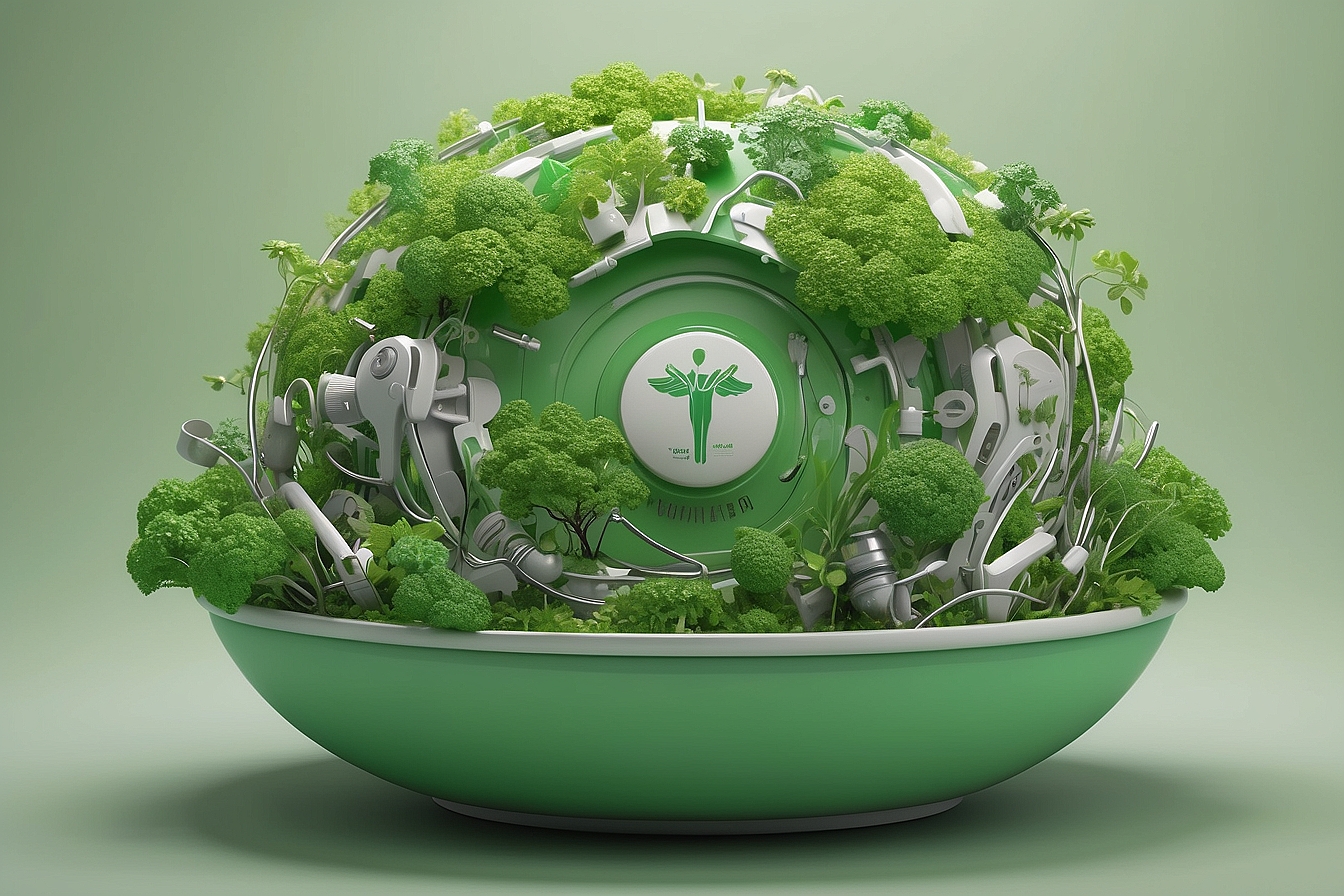You bike to work, you buy organic potatoes, you even anticipate the day you’ll drive a hybrid car. So when your knee gives out after too many miles of mountain biking, you might think twice about the doctor’s recommendation of getting a new artificial knee. Can’t you just recycle your old one? In a sense, you can.
Biologic—not bionic—alternatives are the future in knee reconstruction. If your doctor’s never heard of it, walk on over to The Stone Clinic in San Francisco, which is internationally recognized for the treatment of athletic injuries and arthritis and leads the way in biologic joint reconstruction.
Biologic joint reconstruction is a minimally invasive procedure. It is performed as an outpatient (no unnecessary overnight hospital stay), arthroscopically (no major scars) and it uses only renewable resources (harvested from your very own body or sometimes from a donor).
The Stone Clinic’s biologic joint reconstruction program focuses on two basic strategies to optimize joint health. The team at the Stone Clinic always considers the least invasive methods first: the non-operative approach. This strategy works toward improving the mechanics and the biology of the joint. Sometimes this is just enough to put people back on the proverbial playing field of life. If not, it can often at least delay the need for biologic joint replacement or optimize the results after surgery.

At The Stone Clinic two natural supplements are used to treat knee pain, not just the symptoms. The first is, simply, to drink glucosamine (Joint Juice). 1500 mg of glucosamine daily effectively stimulates cartilage repair, inhibits cartilage breakdown, builds the natural lubricant of the knee and helps to hydrate all tissues. The second supplement is the lubricant Hyaluronan which is administered by an injection. Hyaluronan stimulates the joint lining cells to produce more natural lubricant, inhibits the enzymes that cause the breakdown of cartilage, and keeps the active joints healthy and moving smoothly.
When surgery is inevitable, it is far less invasive to do a biologic joint replacement than it is to do an artificial one. Unfortunately, many physicians still believe that cartilage cannot be repaired and so they resort to an artificial joint replacement. Fact is, cartilage can be stimulated to repair tissues, which even if not perfectly normal, provide excellent pain relief.
 |
| The knee is the joint that bears the burden of our body weight. Problems with the knee can often times be debilitating and can require surgical remediation. |
Articular Cartilage Paste Grafting is a single-step, arthroscopic procedure where a patient’s own healthy cartilage and bone marrow stem cells are harvested from inside the knee and are made into a paste. Paste grafting works because bone marrow stem cells stimulate repair and re-growth of articular cartilage when combined with the paste grafting technique. Articular Cartilage Paste Grafting is the only arthroscopic cartilage repair procedure indicated for severely arthritic patients.
Arthritic tissues can be treated surgically by re-growing the cartilage surface and, when necessary, replacing the meniscus cartilage with a cadaveric meniscus allograft. The meniscus is the soft, fibrous shock absorber that rests in the knee between the femur and the tibia. When the meniscus is removed (even partially as it often is after it is torn), pain and arthritis can develop. By combining Articular Cartilage Paste Grafting to smooth the arthritic surfaces with the new meniscus transplant a new biologic joint is created. Fortunately these procedures can be done simultaneously and as an outpatient, arthroscopically.
Next time your knees ache, remember that your body can sustain itself; it just needs a little help. If arthritic the help may be in the paste graft department and with a new meniscus shock absorber. When you combine with The Stone Clinic’s Biologic Joint Replacement with their rigorous rehabilitation program, you will discover that you won’t have to trade in your mountain bike for a Prius. But you could.





